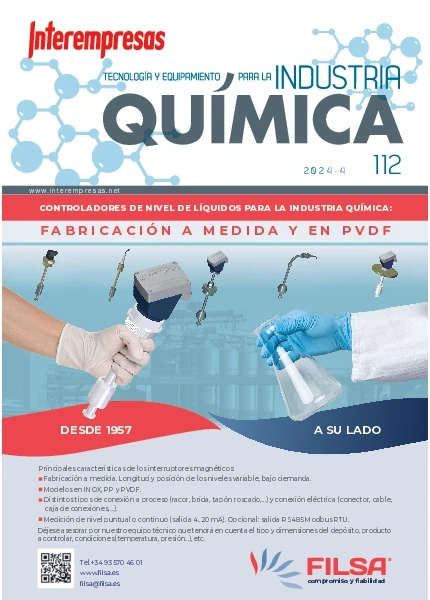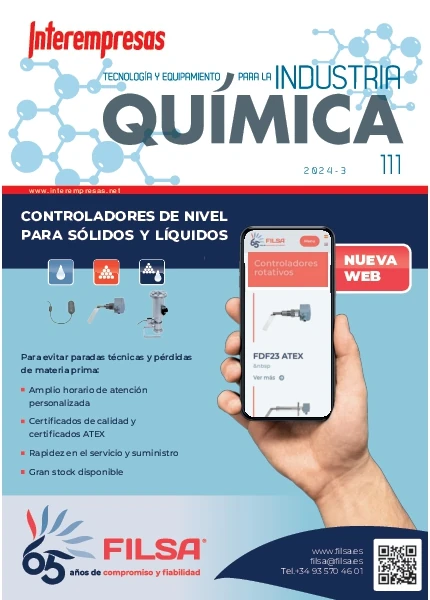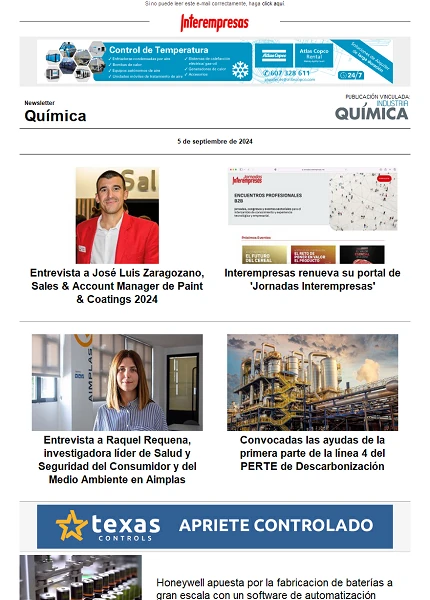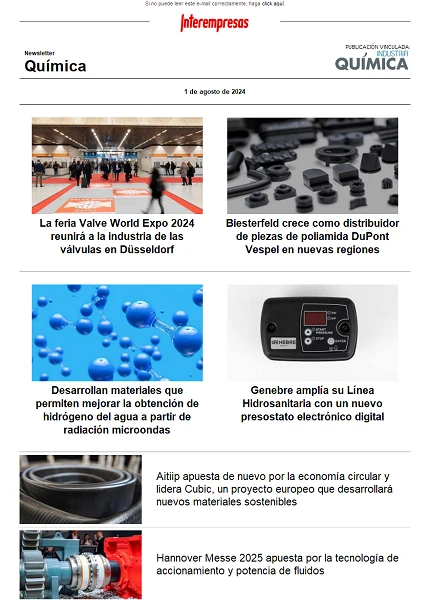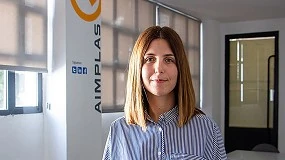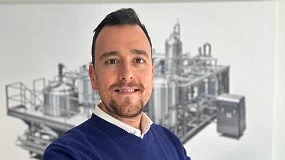Interview to José Jesús Benítez, scientific headline of the Institute of Science of Materials of Seville
4 January 2011
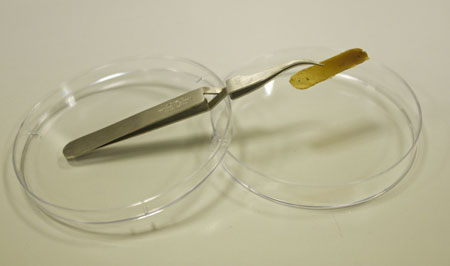
What is the cutina and what qualities make it valuable for your project?
The plant cutina is a natural polyester which is located in the skin (cuticle) of fruits, leaves and tender stems of higher plants. It's a tissue that serves as the skeleton of the cuticle and therefore is responsible for its consistency and its mechanical properties. The most important features of the cutina are their hydrophobicity, toxicity and complete biodegradability. It is for this reason that it thought about its use as packaging material.
What kind of plastic have been developed with it?
By a process of biomimicry have managed to rebuild a comparable to the natural material in the laboratory: is an amorphous polyester, colour orange, soft to the touch, hydrophobic, conformable in nature and, above all, completely harmless and biodegradable.
They say have applied a methodology based on probe of proximity (SPM) techniques. Tell us about it.
It must be borne in mind that the research project which has given rise to this product has a strong component of fundamental research. One of the objectives of the project was to establish the chemical route as the main route of biosynthesis of the cutina on the wall in plant cells. This process takes place through a mechanism of ordered molecular packing called self-assembly. The most appropriate techniques to study autoensamblados systems are tube of proximity, in our case, (AFM) atomic force microscopy.
What is this technique and what brings in the process of obtaining the material?
A microscope AFM works like the fingers of a blind reading a text in Braille. It detects the roughness of the surface with resolution below the nanometer. With this kind of techniques are has able to study the capacity of a number of molecules to give rise to the polyester. In short, what are the requirements on its molecular structure, which must meet a monomer to produce a good performance in the process of synthesis of the polyester.
Apparently the new biodegradable plastic has a durability resembling the skin of the tomato. How long are we talking about?
In the laboratory, we assess the degradability by chemical attack in severe conditions, yet we have not conducted tests in open atmosphere, but by analogy with the vegetable cutina, we would be speaking of a year, although the period of complete degradation depends on the temperaturethe level of rainfall, the type and the quantity of microorganisms, and above all, the pH and the composition of the soil. The interesting thing about this aspect is, through certain additives, we can modify the degradation time significantly and, therefore, select it depending on the application you want to give the synthetic material.
What kind of environmental conditions they require to its decay in nature?
In principle any in particular. Its degradation may be chemical or by the action of microorganisms. In both cases will depend on the acidity/alkalinity and soil moisture.
Is it recyclable?
Completely. The products of the chemical degradation of the material are the same that are used to produce it. In addition, the participation of particular contaminants in the recycling cycle not expected.
For the manufacture of this plastic is it worth any variety of tomato?
Not just any variety of tomato, but any other fruit. Everything will depend on performance in cutina containing your skin and its availability as a by-product or waste. Having obtained from the skin of the tomato comes from a line of investigation carried out by the Group of biopolymers vegetables, directed by Professor Antonio Heredia Bayonne at the University of Malaga.
They say that they can take advantage of tomato in the food industry wastes, but do them be subjected to some kind of special treatment before arriving in the lab?
The process of reuse of the skin such as waste through the cutina extraction. In the laboratory, this is a very elaborate process given that the basis of a fundamental research should provide on the basis of products well isolated and characterized. Currently, we are exploring less current extraction routes leading to a product that retains the properties of the prototype.
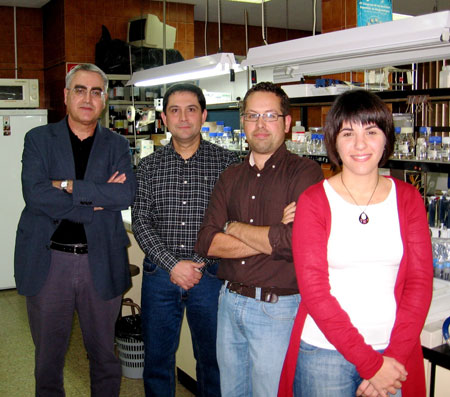
Who is involved in the project?
The patent in question is due to the development of a research project funded by the Ministry of innovation, science and business of the Junta de Andalucía. It involves several investigators of the CSIC and University of Malaga, Seville and Almeria. But the development of biomimetic polyester, explains Benítez, is the direct responsibility of the Group of biopolymers plant of the University of Málaga and the Group of advanced materials in the Materials Science Institute of Seville (CSIC).
Taking into account its durability and characteristics, which may be their applications?
We are aware of potential practical applications of this material will be defined by criteria of profitability. From our perspective of fundamental research groups, such considerations we escape a little. In view of the availability of raw materials and products and processes involved, we do not believe that, in theory, production costs are prohibitive.
Then, for what kind of products does it may be more appropriate?
We have proposed its application as a food packaging material by analogy with the role of the skin in the fruit (packaging and conserve its content). Some manufacturers of plastics have contacted us to explore its use in plastic bags or plastic for greenhouses. He has also thought as a material to encapsulate and controlled way free medicines. Other suggestions pass, for example, for its use in the packaging of products of higher value added in the cosmetic sector. Lately we are also considering its use as membranes in filtration processes.
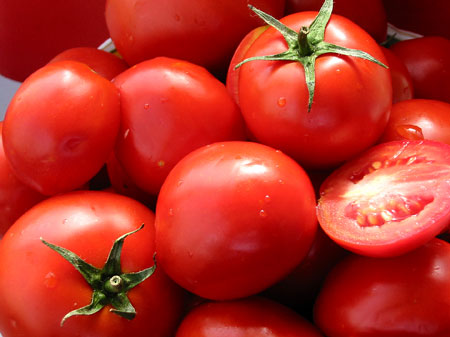
You will need this plastic special for processing technology, i.e., the current machinery that has any transformer in our country can deal with this type of biodegradable plastic?
This is the point where we need some advice and collaboration with companies who have a r & d laboratory to cover all the technical and economic aspects of scaling to the production, at least at the level of pilot plant. We can carry out the work of basic research aimed at the physical and chemical requirements both of the starting material and final product, but these requirements must be nominated by the processing company. The sector will be that also assess the economic viability depending on the application of the material.
He says that plastic from other fruits can develop. Do they do plan to investigate with other materials?
We are avaluando materials made from mixtures of monomers. We have described a route on the basis of a molecule prototype that allows you a good basic characterisation of the process. Once defined the way, we are using other molecules chemically very similar as additives to modify the properties of the final product. Thus, we, for example, alter the mechanical properties, speed of degradation, the permeability to water or synthetic polyester ion-exchange capacity.
The new plastic is patented, but will be available? Who will do so?
The patent covering the product and the process of obtaining belongs equally to the Consejo Superior de Investigaciones Científicas and the Universidad de Málaga. The respective research transfer offices are responsible advertise our results and to establish contacts with interested companies. We understand that which vislumbren the viability of the process to acquire corresponding rights. In fact, this is an administrative process that runs, somehow, out of the research group. However, we must add that, in this sense, we perceive a clear interest in transfer offices for the establishment of agreements or contracts for research between our groups and the companies involved.
José Jesús Benítez Jiménez, responsible for the project, is scientific head of the Institute of materials science, Seville, a joint Center between the Higher Council of scientific research (CSIC) and the University of Seville.

